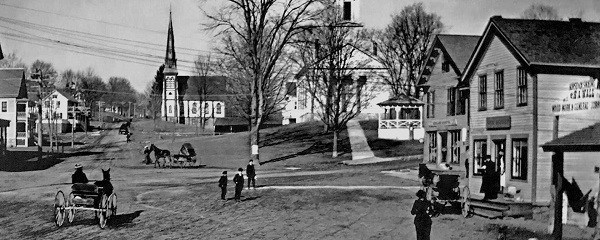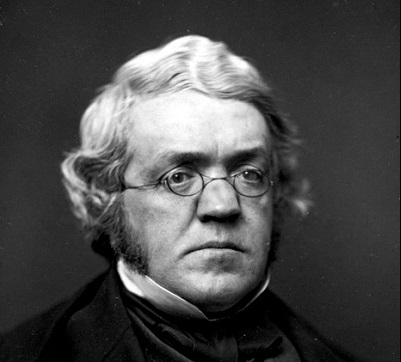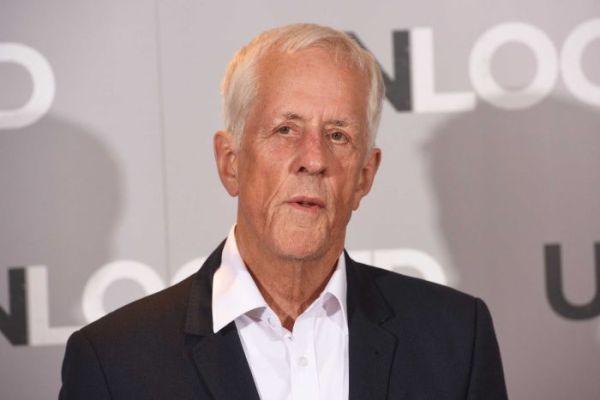
Some people in America may not recognize the name Marie Frederiksson right away – but if you bring up her involvement in the dup Roxette, you’re likely to remember a number of their top-40 smashes from the late ’80s and early ’90s. Her career had several key moments both before and after that run of hits, especially in her home country of Sweden, and while an ongoing brain tumor led to her passing on December 9th, she’s left behind a series of great musical memories.
Marie’s love for music at a young age led to her attending music school in her native Sweden. By 1978 she had started her own punk group, Strul, which found somewhat limited success. While working with another group, MaMas Barn, she got to know members of the band Gyllene Tider, that shared its recording space. Its lead vocalist, Per Gessle – with whom she’d form Roxtte later on – helped her to get a solo recording contract. However, she was content with working within a group at first – eventually singing vocals on Gyllene Tider’s only English-language LP in 1984. Later that year she did start recording on her own – including a Swedish-language cover of Cyndi Lauper’s “All Through The Night” as one of the singles’ B-sides!
Meanwhile, Per Gessle was not faring as well as a solo artist, after Gyllene Tyder came to an end. In 1986 Per and Marie joined forces, and Roxette was born. (The name had actually been used by their record label to market Gyllene Tyder’s English-language work a couple of years earlier; chosen by Per, it was the title of the 1974 debut single by the U.K. band Dr. Feelgood.)
Roxette’s first single in 1986, “Neverending Love” (with two different videos), became a #3 hit in Sweden, and led to the success of their debut album “Pearls Of Passion”.
At this point the duo’s record label didn’t see them as marketable in the United States. That changed quickly in early 1989, when a Minneapolis student traveling overseas picked up a copy of “The Look” – a single from its second album “Look Sharp!” – and requested back home that a DJ start playing it on his program. Suddenly American radio listeners took immediate interest in Roxette – and by the middle of the year, the group had a #1 hit stateside.
“Look Sharp!” would go on to produce two more top-5 hits: the #1 “Listen To Your Heart” (which very much resembled Heart’s chart-topping ballads) and the #2 “Dangerous”.
When the duo was asked to contribute a recording to the soundtrack to the 1990 film “Pretty Woman”, all they could afford to offer up was a one-off single they’d released around Christmastime of 1987 in their homeland. After some reluctance on the record executives, the song “It Must Have Been Love” was used – and upon its release as a single, also went to #1.
Roxette’s next album in 1991 picked up right where the last one left off, with the title cut “Joyride” hitting #1 and the follow-up “Fading Like A Flower (Everytime You Leave)” making it to #2.
Shortly after this, however, the music business started to shift. Some of their supporters at the label were fired when a big merger took place – and it certainly didn’t help that the so-called ‘grunge movement’ was starting to emerge. Still, the band found some success with two more singles: “Spending My Time” and “Church Of Your Heart”.
In 1992 the band returned with “Tourism”, which took a page from Jackson Browne’s “Running On Empty” and got recorded whenever and wherever it was convenient. The first single. “How Do You Do!”, received somewhat limited attention in the U.S..
A single for the film “Super Mario Brothers”, “Almost Unreal”, was released in 1993 – although its ‘hocus pocus’ references in the chorus let on that it was originally intended for the Bette Midler film by that name. 1994’s “Crash! Boom! Bang!” was hindered by an attempt to promote it through a McDonalds offer – something that didn’t sit well with retail chains. None of these efforts ended up selling well, and by the time Per and Marie prepared a greatest-hits album – with a self-effacing title “Don’t Bore Us, Get To The Chorus!”, taken from a Berry Gordy quote – it didn’t get released in America.
Roxette would still record sporadically, and their success outside of the U.S. still held up well. Their last appearance on the U.S. pop charts was their adult-contemporary hit “Wish I Could Fly”, recorded in 1999 and released in 2001.
Unfortunately, just a year later, Marie had a fainting spell at home, and was diagnosed soon afterwards with a brain tumor. While surgery successfully removed it, leading her to continue with a solo career that kept her in demand in Sweden and elsewhere, she still suffered from the tumor’s effects in the ensuing years. In the 2010s she and Per reunited for three albums, and even toured the U.S., stopping at NYC’s Beacon Theatre in 2012. However, at one point in the show she fell down in the middle of a song and needed help getting back up, although she was still able to finish the show.
In 2016 Marie Frederiksson took the advice of her doctors and stopped touring. On December 9, 2019, the world learned of her passing, due in part to a recurrence of the 2002 brain tumor. As well-known as she was outside of Sweden as part of the duo Roxette, Marie had accomplished a great deal as a solo singer in her country, and was remembered fondly for all these achievements. Like the French-language work of Celine Dion, Per and Marie’s Swedish-language work may do a better job of displaying the power of their musical output, and yet there’s no denying the exuberance that Roxette’s pop hits brought to the airwaves. Marie, and the crucial role her vocals played in presenting that exuberant spirit, will be truly missed.










